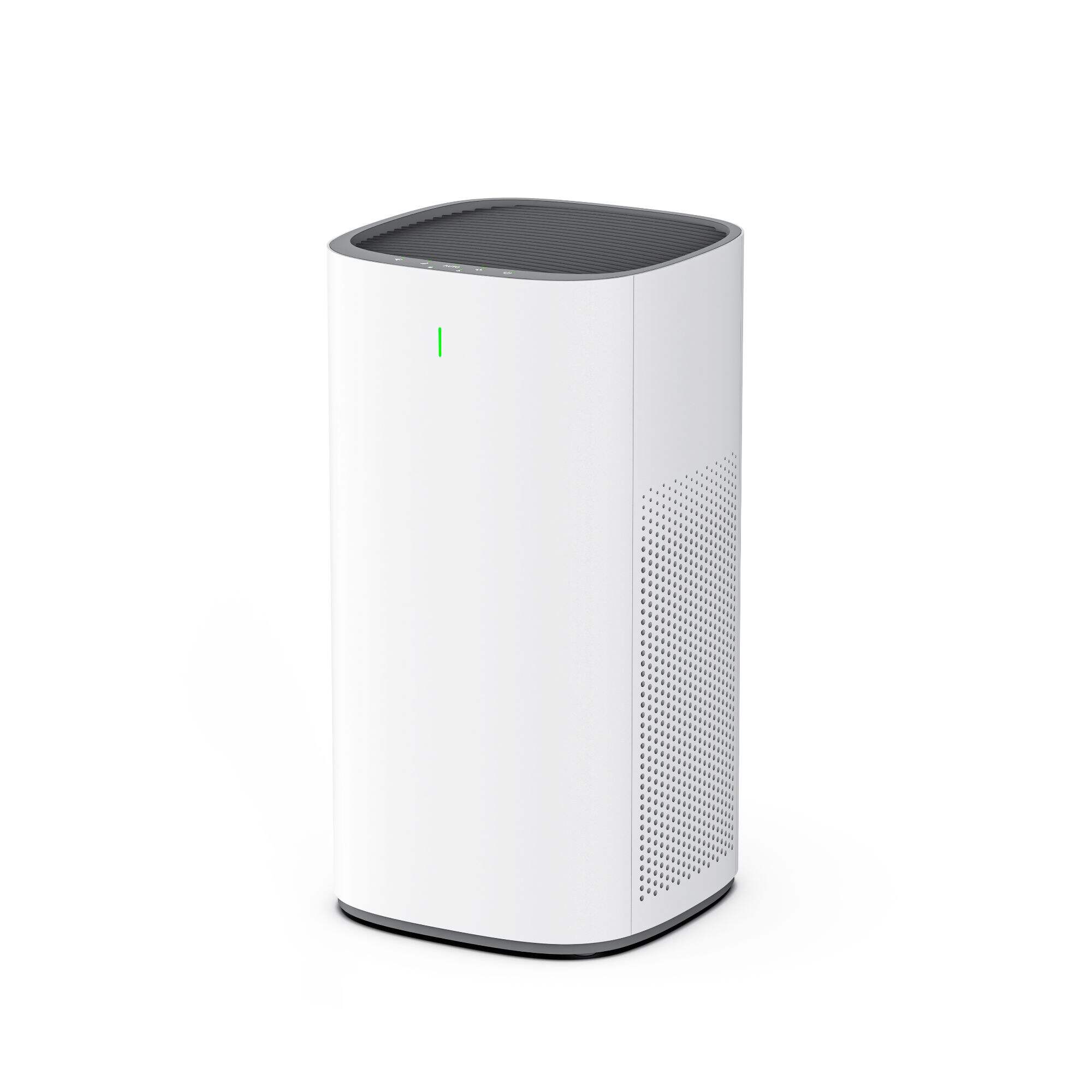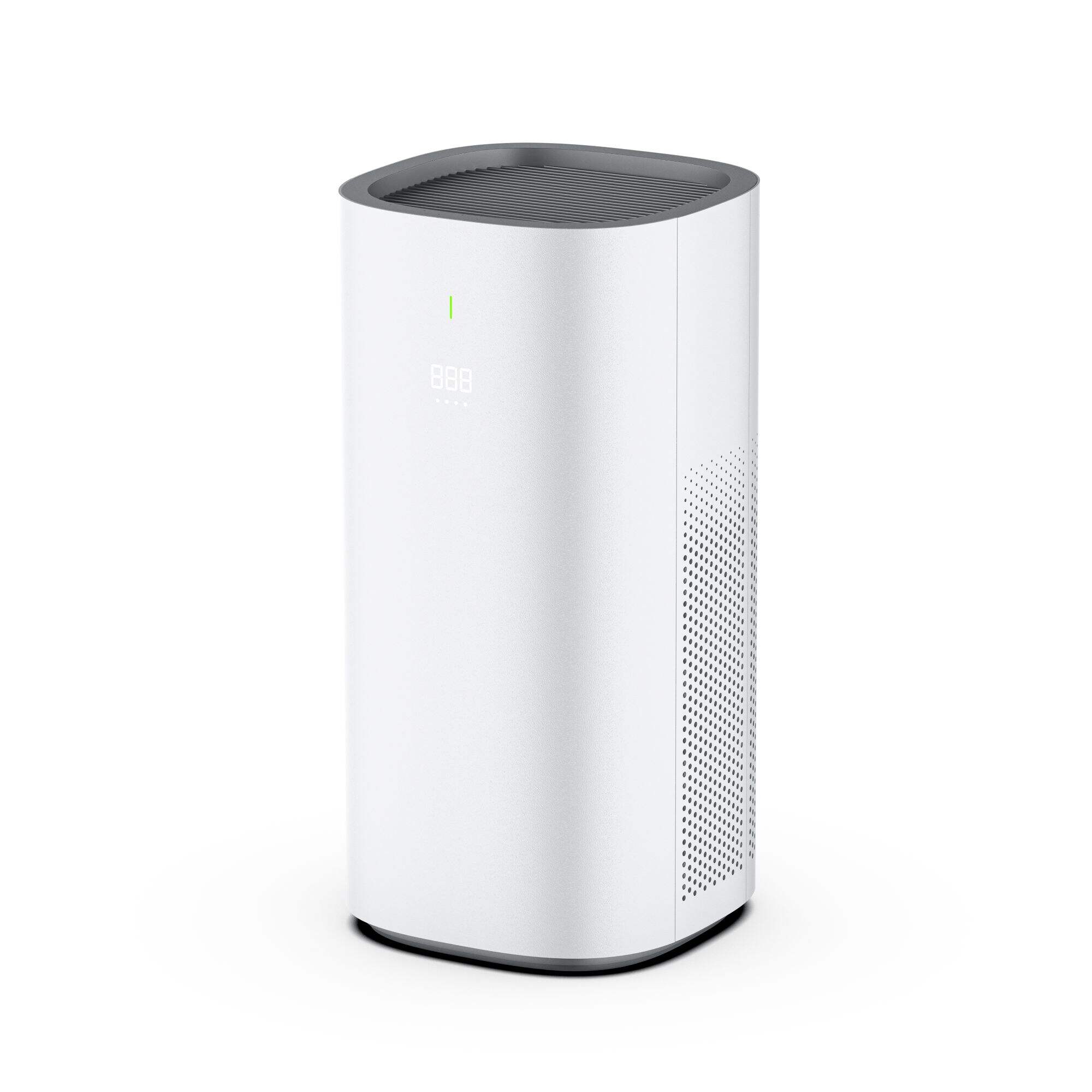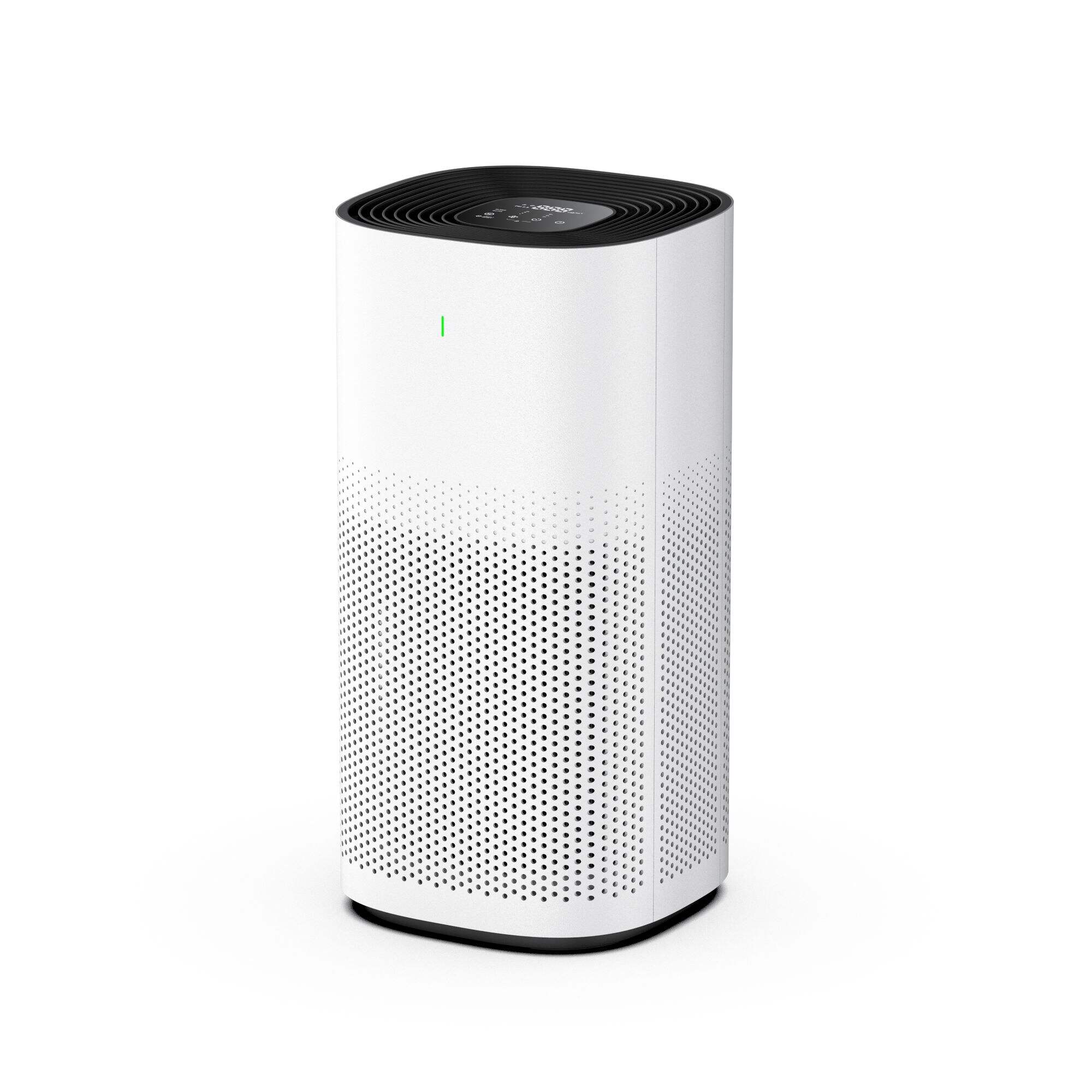Maintain Optimal Humidity Levels for Healthier Living
Why Optimal Humidity Levels Matter for Health
Respiratory Benefits of Balanced Moisture
Maintaining balanced humidity levels, typically between 30% to 50%, is essential for optimal respiratory health as it prevents dry air that can irritate the airway. The American Lung Association highlights that optimal humidity reduces the incidence of respiratory infections and allergies. Through enhancing mucosal membrane effectiveness, appropriate humidity levels help trap pollutants, dust, and allergens, offering a fortified defense against environmental irritants.
Skin Protection Through Humidity Control
Controlling humidity levels can significantly protect the skin by retaining moisture and preventing conditions like eczema. Dermatologists indicate that maintaining balanced humidity may reduce skin irritation and improve overall skin health. The natural barrier function of the skin is reinforced through correctly managed humidity, offering protection against environmental aggressors and preserving skin's integrity.
Preventing Mold Growth and Allergens
High humidity levels create a fertile environment for mold growth, challenging indoor air quality. According to the CDC, controlling humidity may significantly reduce the growth of mold and dust mites—common allergens that compromise air quality. Maintaining optimal humidity levels ensures a safer living space, especially benefiting individuals with asthma or respiratory sensitivities by mitigating allergen proliferation.
How to Monitor and Maintain Ideal Humidity
Using Hygrometers for Precision Measurement
Investing in a reliable hygrometer is essential for accurately measuring indoor humidity levels. These devices offer real-time data, allowing you to make timely adjustments and ensure humidity remains in the optimal range. Regular checks with a hygrometer can prevent long-term damage to wood and furniture from excess moisture, safeguarding them from potential warping or deterioration.
Ventilation Strategies for Natural Balance
Effective ventilation is crucial for regulating indoor humidity levels. Strategies such as opening windows and using exhaust fans can help achieve proper airflow, maintaining a healthy balance while reducing indoor pollutants like dust and mold spores. Seasonal adjustments, such as increased ventilation during the spring, can further enhance humidity control naturally, promoting a comfortable and healthy living environment.
When to Use Humidifiers vs. Dehumidifiers
Understanding the specific needs of your environment will help determine when to use humidifiers or dehumidifiers. In winter months, humidifiers can add moisture to dry air, alleviating discomfort and respiratory issues, while in hot, humid summer months, dehumidifiers become indispensable in reducing excess moisture. Balance is key; employing a strategic combination based on the season can help maintain optimal humidity year-round, ensuring both comfort and health.
Top Air Purifiers for Humidity Control
Air Quality Digital Display Home Bedroom Air Purifier - Smart Monitoring
This air purifier boasts advanced sensors that continuously monitor and display real-time air quality data and humidity levels. With smart monitoring capabilities, users can easily adjust settings to achieve optimal humidity and air quality, significantly enhancing indoor comfort. Furthermore, it automatically adjusts its functionality based on detected air quality and humidity levels, ensuring an adaptive and responsive approach to maintaining a healthy living environment.
Smart Tuya WiFi Control Air Purifier - Remote Adjustments
The Smart Tuya WiFi Control Air Purifier offers seamless remote adjustments through smartphone apps, providing unparalleled ease in controlling indoor humidity levels. This feature allows users to set schedules and monitor air quality from anywhere, delivering convenience in maintaining an ideal home environment. The integration with home automation systems further boosts user experience by streamlining operations and improving efficacy, ensuring optimal comfort and air quality.
Dust Removal Purifier for Large Rooms - Heavy-Duty Performance
The Dust Removal Purifier is specifically designed for large spaces and offers heavy-duty performance that effectively removes dust while maintaining balanced humidity levels through advanced filtration systems. It excels in handling multiple allergens, thereby sustaining air quality in expansive areas. User reviews strongly attest to its capabilities, citing notable reductions in allergen presence and significant enhancements in air quality after prolonged usage.
Avoiding Common Humidity Management Mistakes
Overlooking Seasonal Ventilation Needs
Failing to adjust ventilation practices according to seasonal changes can lead to improper humidity levels. This oversight is particularly evident during winter months, when homes are typically sealed tight. Regular air exchange is necessary to maintain balanced humidity levels and improve indoor air quality. Ignoring these seasonal ventilation needs can result in increased energy costs and a stifling indoor environment. It's crucial to adapt your ventilation strategies to the changing seasons, ensuring that your home remains comfortable and energy-efficient.
Misusing Small Fans for Humidity Control
Using small fans indiscriminately can lead to uneven humidity levels across spaces. When fans are not strategically placed, they can disrupt air circulation instead of enhancing it. Understanding the optimal fan placement and its effects on airflow is crucial for effective humidity control. While proper usage can amplify ventilation efforts, misuse of small fans can exacerbate existing humidity issues by causing imbalances. Carefully considering how to use fans can greatly aid in maintaining a consistent level of humidity throughout the living area.
Risks of Evaporative AC in Humid Climates
In regions with high humidity, using evaporative air conditioners can inadvertently increase moisture levels indoors. Experts caution that this can lead to mold growth and significantly degraded air quality, compounding existing humidity problems. Evaporative ACs, while effective in drier climates, might not be suitable for humid environments. Considering alternatives, such as refrigerant-based AC systems, is recommended as they provide more effective humidity control. These systems help maintain healthier indoor air quality, protecting against the risks associated with excessive moisture.

 EN
EN
 AR
AR
 NL
NL
 FR
FR
 DE
DE
 EL
EL
 HI
HI
 IT
IT
 JA
JA
 KO
KO
 PL
PL
 PT
PT
 ES
ES
 ID
ID
 VI
VI
 TH
TH
 TR
TR
 MS
MS



